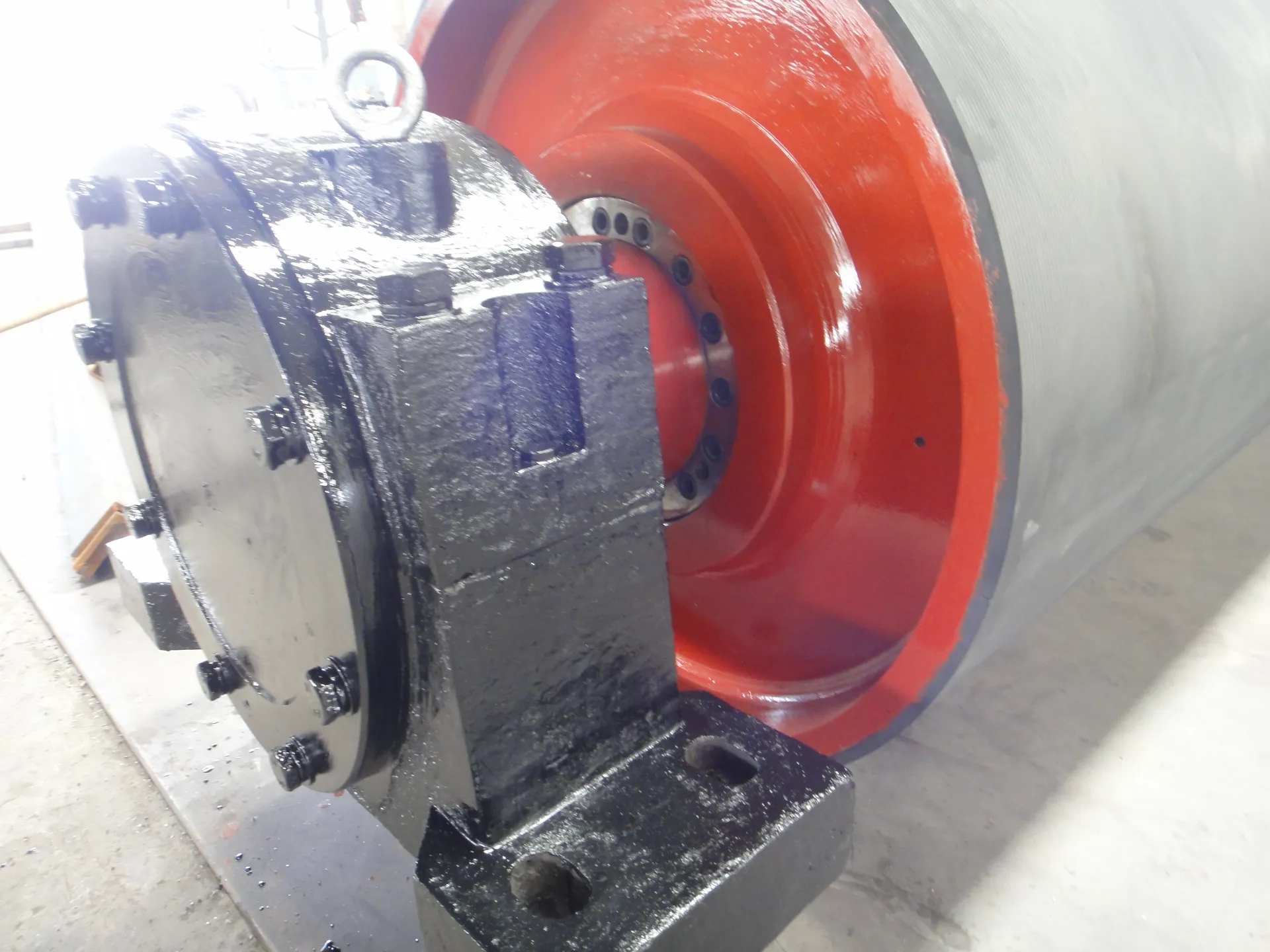 Afrikaans
Afrikaans  Albanian
Albanian  Amharic
Amharic  Arabic
Arabic  Armenian
Armenian  Azerbaijani
Azerbaijani  Basque
Basque  Belarusian
Belarusian  Bengali
Bengali  Bosnian
Bosnian  Bulgarian
Bulgarian  Catalan
Catalan  Cebuano
Cebuano  Corsican
Corsican  Croatian
Croatian  Czech
Czech  Danish
Danish  Dutch
Dutch  English
English  Esperanto
Esperanto  Estonian
Estonian  Finnish
Finnish  French
French  Frisian
Frisian  Galician
Galician  Georgian
Georgian  German
German  Greek
Greek  Gujarati
Gujarati  Haitian Creole
Haitian Creole  hausa
hausa  hawaiian
hawaiian  Hebrew
Hebrew  Hindi
Hindi  Miao
Miao  Hungarian
Hungarian  Icelandic
Icelandic  igbo
igbo  Indonesian
Indonesian  irish
irish  Italian
Italian  Japanese
Japanese  Javanese
Javanese  Kannada
Kannada  kazakh
kazakh  Khmer
Khmer  Rwandese
Rwandese  Korean
Korean  Kurdish
Kurdish  Kyrgyz
Kyrgyz  Lao
Lao  Latin
Latin  Latvian
Latvian  Lithuanian
Lithuanian  Luxembourgish
Luxembourgish  Macedonian
Macedonian  Malgashi
Malgashi  Malay
Malay  Malayalam
Malayalam  Maltese
Maltese  Maori
Maori  Marathi
Marathi  Mongolian
Mongolian  Myanmar
Myanmar  Nepali
Nepali  Norwegian
Norwegian  Norwegian
Norwegian  Occitan
Occitan  Pashto
Pashto  Persian
Persian  Polish
Polish  Portuguese
Portuguese  Punjabi
Punjabi  Romanian
Romanian  Russian
Russian  Samoan
Samoan  Scottish Gaelic
Scottish Gaelic  Serbian
Serbian  Sesotho
Sesotho  Shona
Shona  Sindhi
Sindhi  Sinhala
Sinhala  Slovak
Slovak  Slovenian
Slovenian  Somali
Somali  Spanish
Spanish  Sundanese
Sundanese  Swahili
Swahili  Swedish
Swedish  Tagalog
Tagalog  Tajik
Tajik  Tamil
Tamil  Tatar
Tatar  Telugu
Telugu  Thai
Thai  Turkish
Turkish  Turkmen
Turkmen  Ukrainian
Ukrainian  Urdu
Urdu  Uighur
Uighur  Uzbek
Uzbek  Vietnamese
Vietnamese  Welsh
Welsh  Bantu
Bantu  Yiddish
Yiddish  Yoruba
Yoruba  Zulu
Zulu Exploring Various Types of Pulleys Used in Belt Conveyor Systems
Types of Pulleys in Belt Conveyors
Belt conveyors are widely used in various industries for transporting materials efficiently. One of the critical components of a belt conveyor system is the pulley. Pulleys come in different types and designs, each serving unique functions depending on the application. Understanding the types of pulleys used in belt conveyors can help in selecting the right system for specific transport needs.
1. Drive Pulley
The drive pulley is perhaps the most crucial pulley in a belt conveyor system. It is the powered pulley, which drives the belt and moves the material along the conveyor. Generally situated at the discharge end of the conveyor, the drive pulley is connected to a motor that imparts rotational force. The design of the drive pulley can be flat or crowned. A crowned drive pulley features a slight curvature which helps in aligning the belt and minimizing the chances of slippage.
2. Idler Pulley
Idler pulleys are non-powered pulleys that support the belt at various points along its path. These pulleys help maintain the proper tension in the belt, ensuring it operates smoothly. Idler pulleys are vital for minimizing sag and preventing belt misalignment. They can be classified into several types based on their position and function
- Carrier Idlers These are the most common type of idlers and are used to support the carrying portion of the belt as it transports materials. - Return Idlers Positioned on the return side of the belt, these pulleys guide the belt back to the drive pulley, ensuring a continuous loop. - Impact Idlers Located at the loading section of the conveyor, they absorb the impact of heavy material loads, protecting the belt from damage. - Training Idlers These are used to align the belt properly and rectify any misalignment that occurs during operation.
3. Tail Pulley
types of pulley in belt conveyor

The tail pulley, located at the loading end of a conveyor, provides a point for the belt to loop around. It assists in returning the belt to the drive pulley after materials have been discharged. The tail pulley is essential for ensuring consistent belt tension and is usually equipped with a drum that facilitates belt movement. Like drive pulleys, tail pulleys can also be flat or crowned, with the crowned design helping to keep the belt centered.
4. Snub Pulley
A snub pulley is employed to increase the wrap angle between the belt and the drive pulley. By allowing for more surface contact, snub pulleys help improve friction and grip, which is especially important in scenarios where significant pulling force is required. They are typically installed at the upper side of the drive pulley to enhance the belt's effectiveness in transferring power.
5. Take-Up Pulley
Take-up pulleys are associated with tensioning systems in belt conveyors. As the belt stretches and wears down over time, take-up pulleys adjust the tension of the belt to maintain efficient operation. This adjustment is crucial for preventing slippage and ensuring that material is consistently transported without interruptions. Take-up systems can be either manual or automatic, depending on the conveyor design.
Conclusion
The selection of the appropriate pulleys in a belt conveyor system plays a vital role in its efficiency, durability, and overall performance. Each type of pulley serves a distinct purpose, from driving and supporting the belt to adjusting tension and ensuring alignment. Understanding the functionality of these pulleys allows engineers and operators to design and maintain effective conveyor systems tailored to specific industrial needs. Investing in quality pulleys and proper configuration can lead to reduced maintenance costs, improved safety, and enhanced productivity in material handling operations.
-
Revolutionizing Conveyor Reliability with Advanced Rubber Lagging PulleysNewsJul.22,2025
-
Powering Precision and Durability with Expert Manufacturers of Conveyor ComponentsNewsJul.22,2025
-
Optimizing Conveyor Systems with Advanced Conveyor AccessoriesNewsJul.22,2025
-
Maximize Conveyor Efficiency with Quality Conveyor Idler PulleysNewsJul.22,2025
-
Future-Proof Your Conveyor System with High-Performance Polyurethane RollerNewsJul.22,2025
-
Driving Efficiency Forward with Quality Idlers and RollersNewsJul.22,2025





























